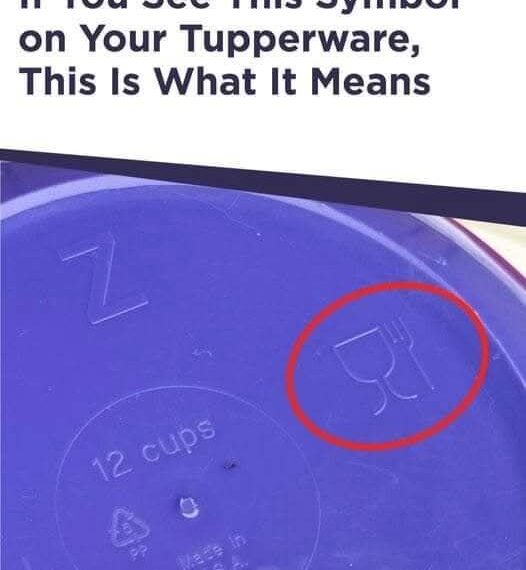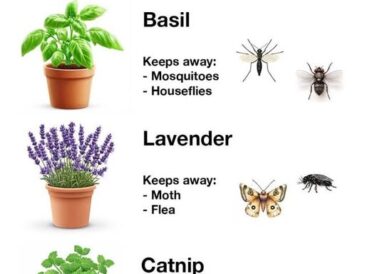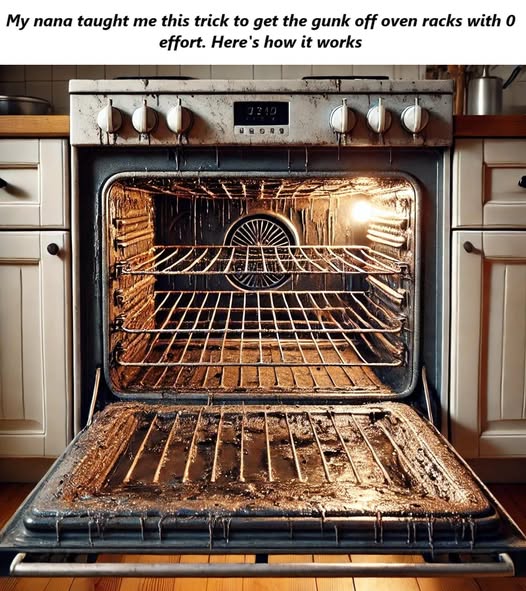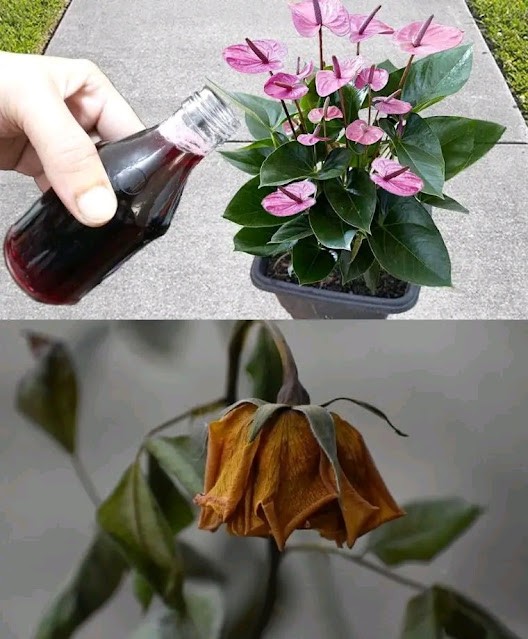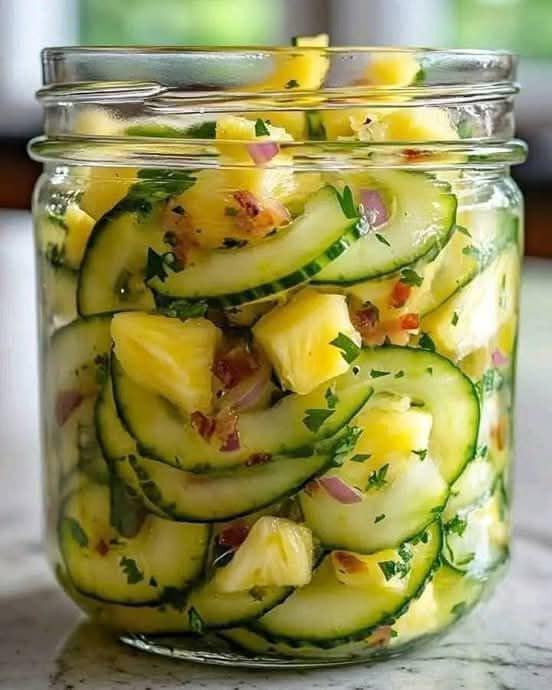One of the most recognizable symbols on Tupperware cups is the triangle made of arrows, with a number (1–7) in the center. This is the resin identification code — a plastic classification system created by the Society of the Plastics Industry (SPI).
Here’s what the numbers mean:
| Number | Plastic Type | Common Uses | Safe for Food? |
|---|---|---|---|
| 1 | PET or PETE (Polyethylene Terephthalate) | Water bottles, soft drink bottles | Yes (one-time use) |
| 2 | HDPE (High-Density Polyethylene) | Milk jugs, juice bottles | Yes |
| 3 | PVC (Polyvinyl Chloride) | Pipes, cling wrap | Not recommended for food |
| 4 | LDPE (Low-Density Polyethylene) | Plastic bags, squeeze bottles | Yes |
| 5 | PP (Polypropylene) | Tupperware cups, yogurt containers | Yes — most common in Tupperware |
| 6 | PS (Polystyrene) | Disposable utensils, foam containers | No (can leach) |
| 7 | “Other” or Mixed Plastics | Polycarbonate, BPA plastics | Varies (check for BPA-free labels) |
🔍 Tupperware cups are most commonly made of #5 plastic (PP), which is microwave and dishwasher safe, durable, and designed for food use.
🍴 The Fork and Cup Symbol
This symbol looks exactly like what it sounds like: a small fork next to a wine glass or cup.
What It Means:
This is the international food-safe symbol, meaning the material is safe to use with food and beverages. If this is on your Tupperware cup, you can safely use it for drinking, serving, or storing food.
🔥 Microwave Symbol
Many Tupperware cups include a microwave icon, which typically shows a microwave or waves of heat.
What It Means:
The cup is microwave safe — BUT:
- Only when used properly (no sealed lids, avoid high-fat foods that heat unevenly)
- Always check whether the specific Tupperware line is microwave approved (some older models are not)
⚠️ Important Tip: Microwave-safe doesn’t mean microwave-forever. Repeated microwave use can still wear down plastics over time. Always inspect for warping, cracking, or discoloration.
💧 Dishwasher Safe Symbol
This symbol often looks like:
- Plates with water droplets
- Or a rack with sprinkles/splash lines
What It Means:
Your Tupperware cup is safe to clean in the dishwasher, usually on the top rack to avoid direct exposure to the heating element.
💡 Pro Tip: Washing on the top rack prevents melting or warping from high heat.
❄️ Freezer Safe Symbol
Some Tupperware cups also have a snowflake icon.
What It Means:
The product is safe to use in the freezer, meaning the plastic won’t crack, warp, or release harmful chemicals at freezing temperatures.
✅ Always leave room in liquid-filled containers when freezing to allow for expansion.
♻️ Recyclable Symbol
The three arrows triangle also represents that the product is recyclable, but this depends on your local recycling rules and the number inside the triangle.
- #5 (PP) plastic (common in Tupperware) is recyclable in some areas.
- Always check your local recycling guidelines.
- Reusing or donating is a more sustainable option.
🔓 BPA-Free Symbol
While not always present, some Tupperware cups have “BPA FREE” stamped or written underneath.
What It Means:
The product is free from bisphenol A (BPA), a chemical formerly used in plastics linked to health concerns. Most modern Tupperware is BPA-free, especially anything made after 2010.
📅 If your Tupperware is older than 10–15 years, check for BPA-free labeling or consider replacing it.
🛠️ Additional Marks You Might See
- Tupperware Logo: Indicates it’s an authentic product.
- Size or Measurement Marks: Shows capacity (e.g., 350ml or 12 oz).
- Batch Numbers or Manufacturing Codes: Used for quality control and warranty claims.
🧼 How to Care for Your Tupperware Cups Based on Symbols
| Task | Symbol to Look For | Notes |
|---|---|---|
| Dishwasher Use | Dishwasher icon | Top rack only recommended |
| Microwave Heating | Microwave icon | Remove or vent lids; avoid high-fat food |
| Freezer Storage | Snowflake icon | Leave space for expansion |
| Safe for Food | Fork and Cup | Use confidently for meals & drinks |
| Recyclability | Triangle with #5 | Check local recycling guidelines |
🌱 Sustainability and Reuse: Tupperware’s Original Purpose
Tupperware’s entire brand was built around reducing single-use plastic and encouraging reusability — long before “zero-waste” became a buzzword.
Understanding the symbols not only helps you use your cups safely but also supports smarter consumption, longer product life, and environmentally-conscious habits.
Final Thoughts: Small Symbols, Big Impact
The bottom of your Tupperware cup might not be something you’ve ever paid attention to, but it’s actually packed with useful information. Whether you’re wondering if you can toss it in the dishwasher, use it to reheat soup, or recycle it responsibly, the answers are all right there — coded in symbols.
Taking a few moments to learn what these symbols mean can help you:
- Use your containers more safely
- Make them last longer
- Make informed recycling decisions
- Avoid common mistakes (like microwaving non-microwave-safe plastics)
So next time you’re holding your trusty Tupperware cup, flip it over — and read the fine print.

